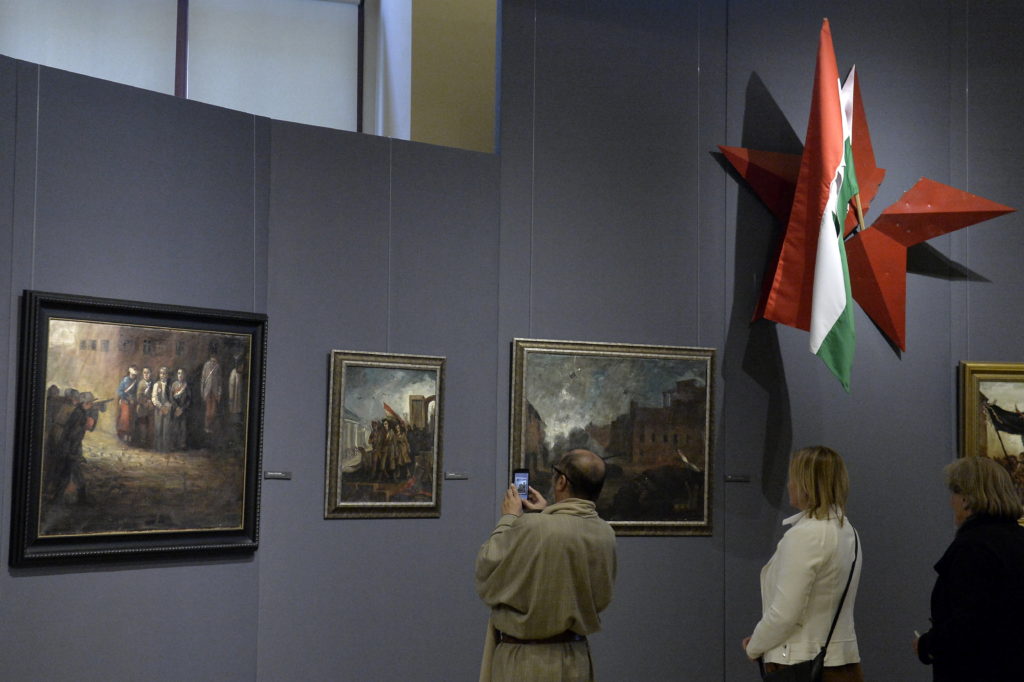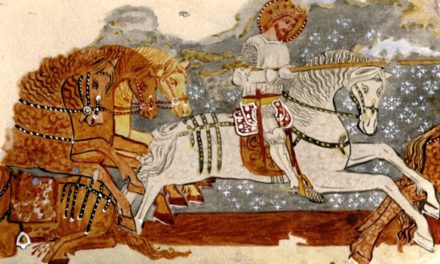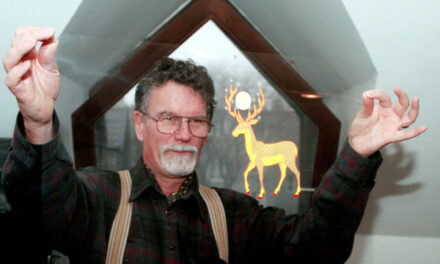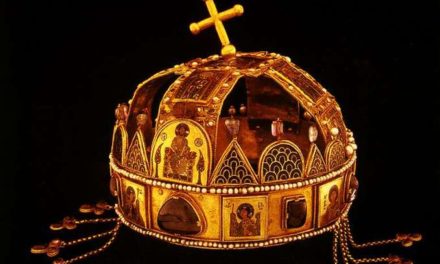During the years of socialism, István Görgényi secretly painted his pictures evoking the memories of the 1956 revolution, and an exhibition of his life's work entitled Unshakable to Your Country opened on Friday in Vigado in Pest.
After many decades, visitors can open the "bottle mail" of István Görgényi, who died in 1973. The painter met freedom in 1956 and knew that he had to capture everything he saw, heard and experienced, said the minister in charge of the Prime Minister's Office at the opening of the exhibition. Gergely Gulyás recalled: István Görgényi could not know when he could publish everything he had created; the painter could only be comforted by the fact that what he created was an authentic testimony.
Attila Szücs, chairman of the board of trustees of the Magyar Református Jövőért Foundation, which organizes the exhibition, said, among other things, that István Görgényi died almost fifty years ago, relatively young and almost forgotten, but he sends a message to the people of today through his pictures. The exhibition presents 56 works from his life - 47 oil paintings and 9 small sculptures - all of which recall the memory of the revolution.
Tibor Wehner, the curator of the exhibition, highlighted: István Görgényi, known as a landscape, cityscape and still life painter, created the ensemble of 1956 images in such a way that he could not show them to the public at the time. For his compositions with revolutionary themes, he therefore painted nondescript landscapes in such a way that they could be easily removed.

Mária Wittner, a former Member of Parliament on death row in 1956, and Gergely Gulyás, Prime Minister István Görgényi's paintings from 1956, from his life work, at the opening of an exhibition titled Unswervingly for Your Homeland in Pesti Vigado on October 22, 2021. MTI/Lajos Soós
The artist could not live up to the discovery of the secrets of his works, the painter's legacy was discovered by accident only after the turn of the millennium, when the cover paintings were also removed. The exhibition can be visited from Sunday until November 29.

Interested parties from the 1956 paintings of István Görgényi at the exhibition titled Unswervingly for Your Country on the opening day in Pesti Vigado on October 22, 2021. MTI/Lajos Soós
In our opening picture: Gergely Gulyás, the minister who leads the Prime Minister's Office, gives a speech at the opening of an exhibition of István Görgényi's paintings from 1956, his life work, titled Unshakable for Your Country, Vigadó .
Source: MTI













